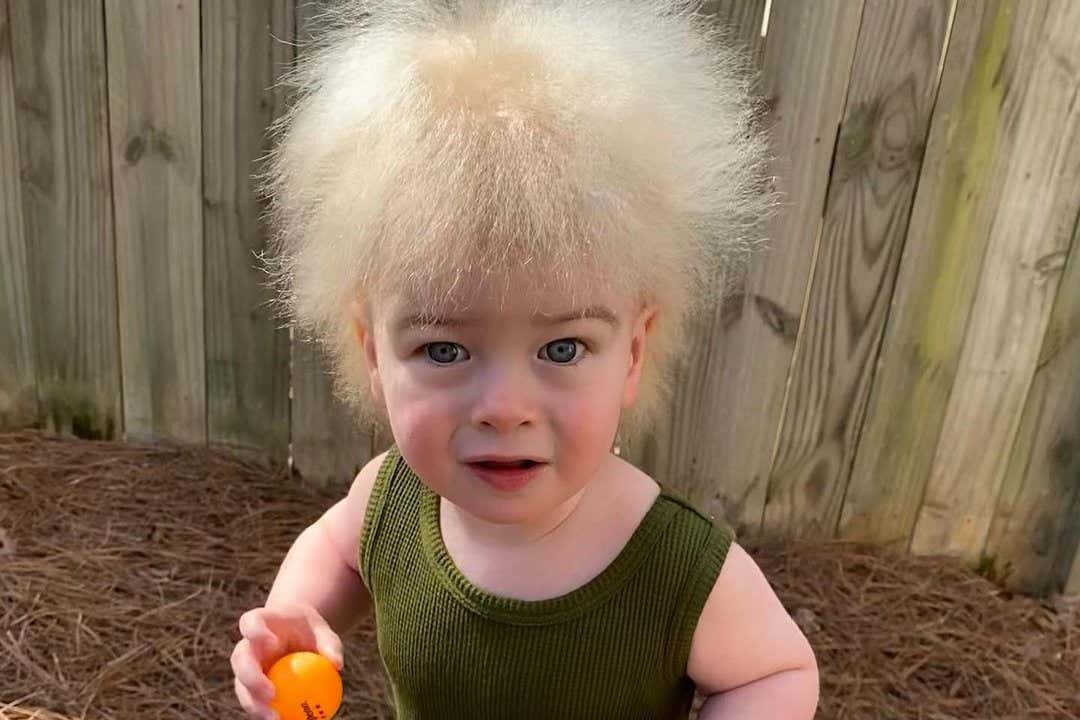What are the symptoms of uncombable hair syndrome?
Uncombable hair syndrome is a rare genetic condition characterized by several distinct symptoms:
- Distinctive Hair Texture: Hair is dry, frizzy, and tends to stand out from the scalp, making it difficult to comb or style. The hair often appears unruly and cannot be easily managed or tamed.
- Hair Color Changes: The condition may cause changes in hair color, such as a lighter or more silvery appearance.
- Hair Growth Issues: Hair growth may be uneven, and the texture can be patchy.
In addition to these primary symptoms, individuals with uncombable hair syndrome might also experience other hair-related issues, but the condition primarily affects the texture and manageability of the hair.
What are the causes of uncombable hair syndrome?
Uncombable hair syndrome is typically caused by genetic mutations. Specifically, it is associated with mutations in genes responsible for hair shaft formation and structure. These mutations disrupt the normal development of the hair, leading to its distinctive texture and appearance. The condition is usually inherited in an autosomal recessive manner, meaning that an individual must inherit two copies of the mutated gene (one from each parent) to express the syndrome.
The specific genes often linked to uncombable hair syndrome include:
- PADI3 (Peptidylarginine Deiminase 3): This gene plays a role in hair follicle development and function.
- TGM3 (Transglutaminase 3): This gene is involved in hair protein cross-linking, which affects the structure of the hair shaft.
- LIPH (Lipase H): This gene is involved in lipid metabolism, which is crucial for maintaining healthy hair.
These genetic factors lead to structural abnormalities in the hair shaft, resulting in the characteristic appearance of uncombable hair.
What is the treatment for uncombable hair syndrome?
The treatment for uncombable hair syndrome primarily focuses on managing the symptoms and improving hair appearance, as there is no cure for the condition. Strategies include:
- Gentle Hair Care: Using mild, sulfate-free shampoos and conditioners can help minimize damage. Avoiding harsh treatments and excessive brushing is also important.
- Moisturizing Products: Applying leave-in conditioners or hair oils can help manage dryness and reduce frizz.
- Regular Trims: Keeping the hair trimmed can help manage its appearance and reduce split ends.
- Avoiding Heat and Chemicals: Limiting the use of heat styling tools and chemical treatments can prevent further damage.
For individuals with severe cases or associated complications, consulting a dermatologist or a trichologist (a specialist in hair and scalp disorders) may provide additional personalized advice and management strategies.

Leave a Reply
You must be logged in to post a comment.